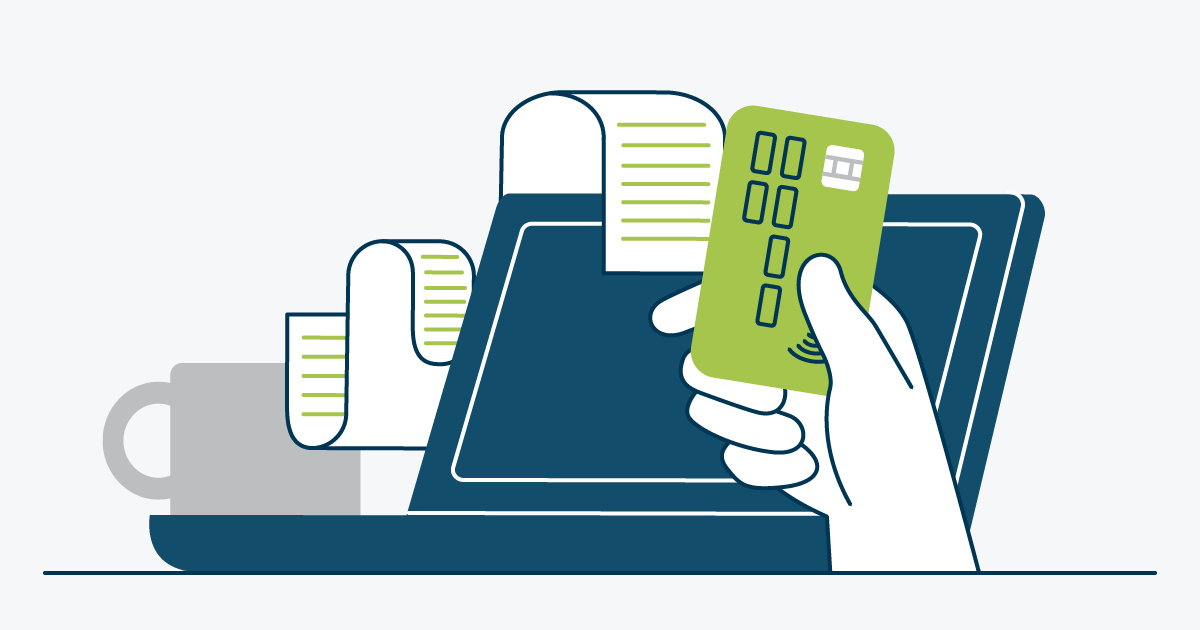[3-minute read]
In the day-to-day running of a small business, tiny details and processes like logging expenses can easily slip your mind. It may seem inconvenient or unnecessary to be so rigorous about receipts, but if you don’t know exactly how much money is going in and out of your business, then you won’t know how to grow it. According to a study by the US Bank, 82% of small businesses fail due to poor cash flow management. We’re here to help you stay in that thriving 18%. Luckily, there are simple and practical ways to track expenses.
1. Separate business banking from personal
First things first, it’s time to split your personal and business accounts if you haven’t done so already. By separating your accounts, you’ll immediately have a much clearer sense of what your business’s cash flow looks like.
You could also do a simple profit and loss statement to see where your finances are at. There are plenty of accessible bank accounts with nifty features out there – keep your eyes peeled for another post from us later this month where we explore just that.
2. Store and record every transaction you make for the business
Administration is not everybody’s strong suit, but there’s always room for improvement. Set aside an hour a day or once a week (depending on the volume of invoices you have) to focus on updating your books. For repetitive tasks, it always helps to have a routine.
Keeping a physical record of every receipt and invoice that passes through your hands is imperative. If you’re old school, you can do this all manually. Buy a ring-binder file, dividers, and plastic sleeves, and get to work. Label each section of the folder with the expense category (if you’re a clothing brand, perhaps your divisions would sound like: fabric, manufacturing, marketing, packaging), and diligently label each receipt as you put it away.
Additionally, keep a running spreadsheet on your computer for each month. File the receipt and then log it on the spreadsheet, ensuring a digital notation of the expense. It’s probably best to scan your receipts and invoices as well (check out Dext Prepare for a seamless tool to do just that). This way, aging or loss of the hard copies will be rescued by the scans. Some software solutions even file and organise everything automatically, taking a huge load off your shoulders.
3. Upload your records to the Cloud
You’re most likely a Google Drive user, in which case, it’s the perfect place to store your spreadsheet and scanned documents. Now, all your months’ worth of accounting will be available to you wherever you are, month by month with lovely clear labels. This way, sharing your financial records with a business partner or accountant will be so easy. And when tax season comes around, you’ll be so grateful that you took the time to carefully track everything.
4. How about a software solution?
As your business grows, there’ll come a time when you simply can’t spend an hour every day logging, scanning, and filing away receipts. You could hire an accountant, but that might be out of your budget. Fortunately, there are other options. There are several accounting software solutions available, some with extensive free trials (we’ll get into this more later in the month). For a detailed list of what you should be looking for in any digital accounting tool, have a read through this comprehensive guide by Truevo’s Head of Finance, Luana Attard.
Ultimately, cash flow is what’s going to keep your business going. So, the more you know about what’s coming in and going out, the better off you and your team will be. Implement these simple steps and gain confidence in your knowledge of how your business is doing.
Did you learn something from this quick read? Would you like us to explore some of these digital tools in more detail? Tell us on social media: Facebook, Instagram, Twitter and LinkedIn.
P.S. Looking for a comprehensive payments solution that will get you paid anywhere, any time? Get Truevo. We can’t wait to connect with you.



